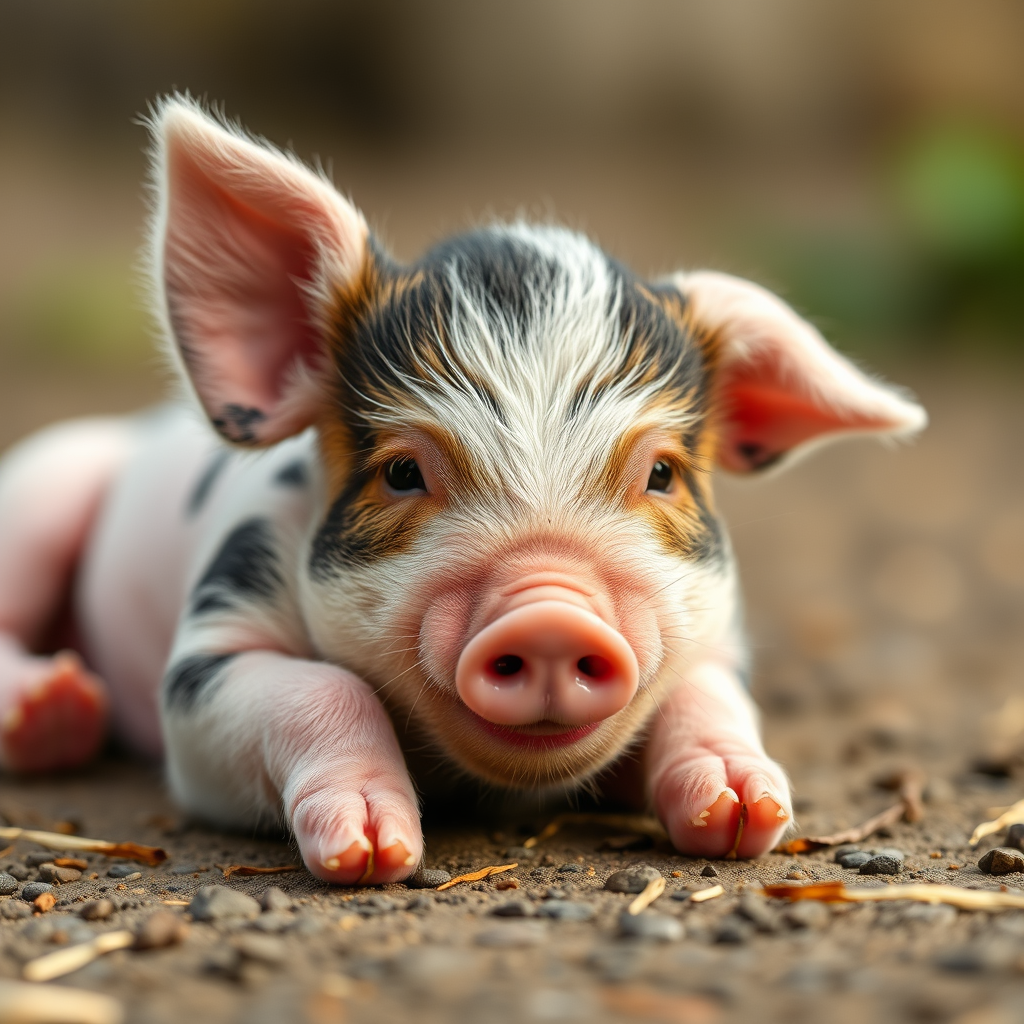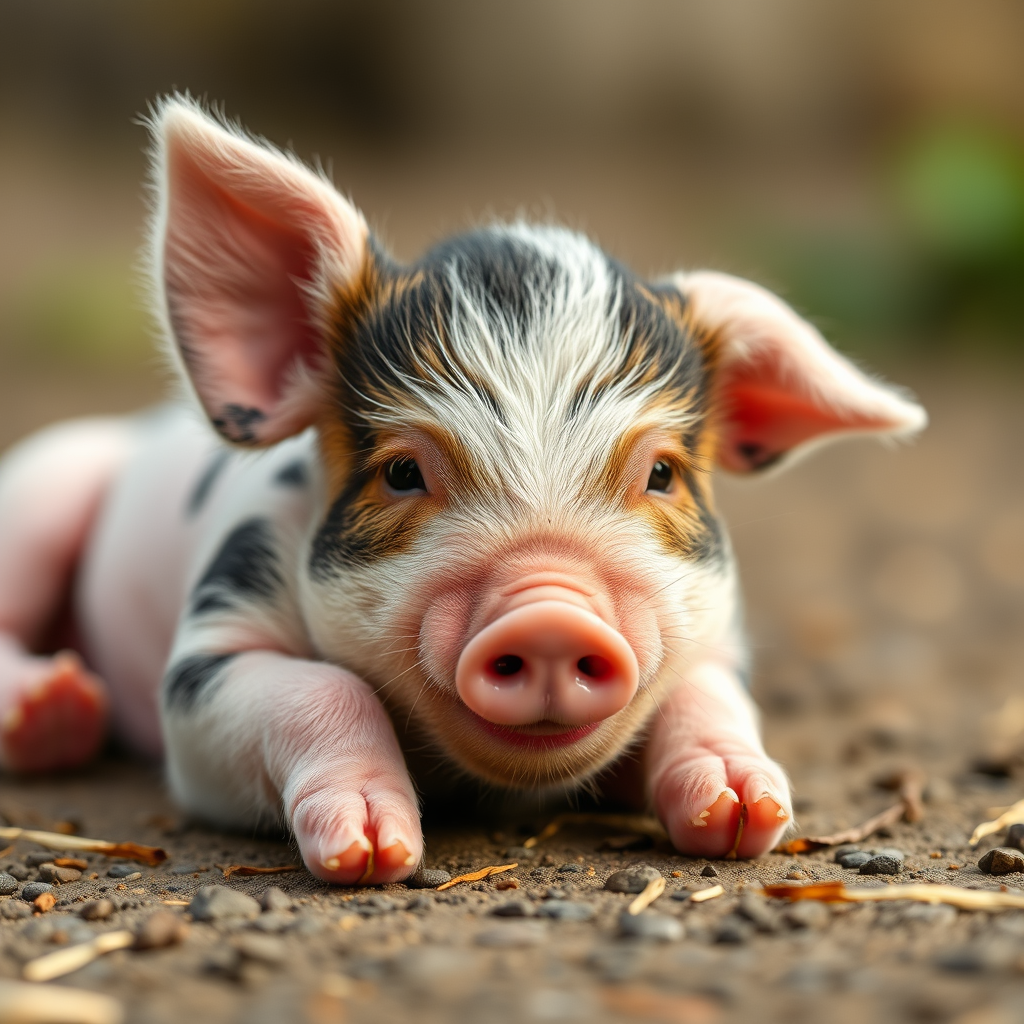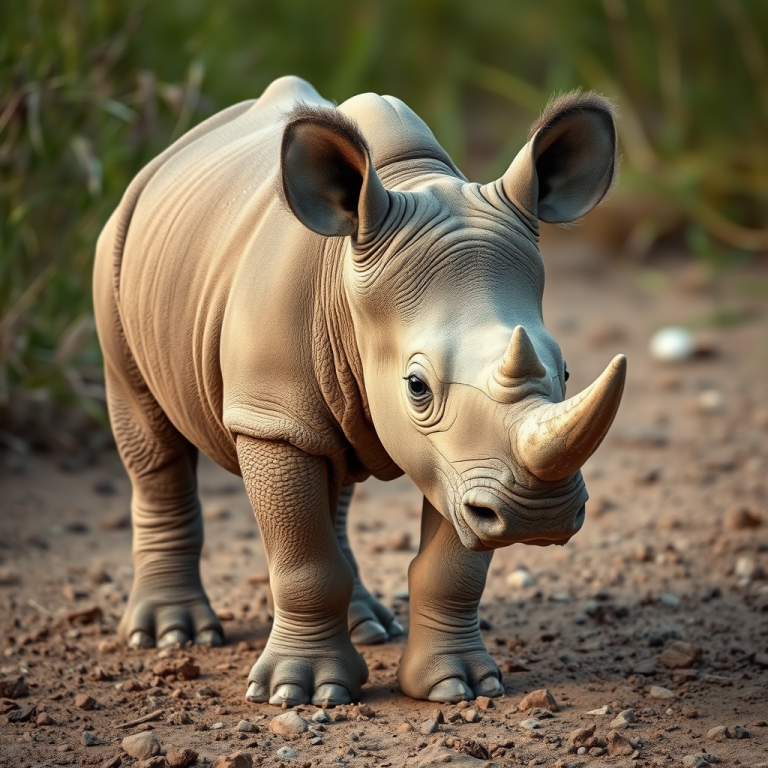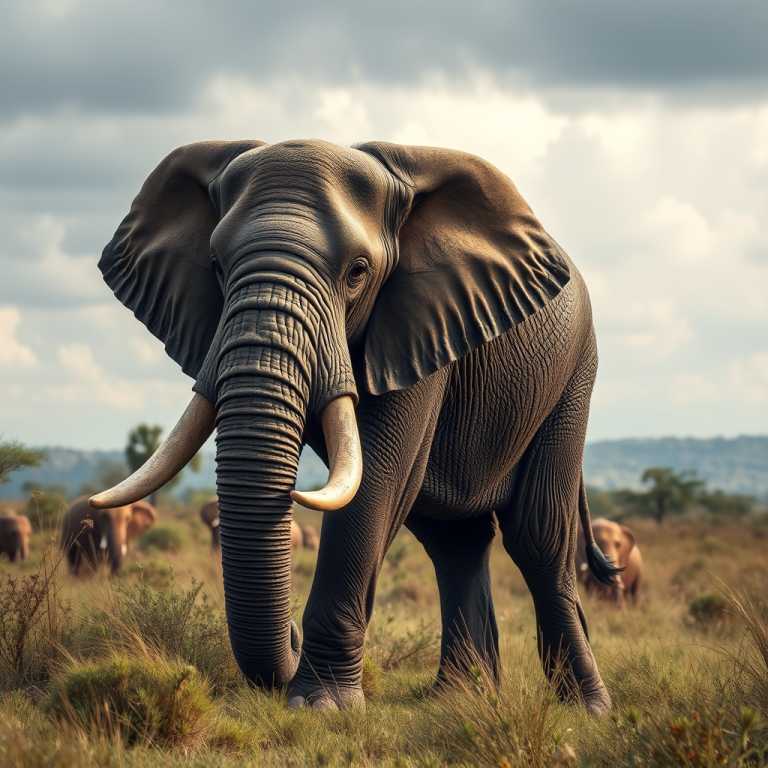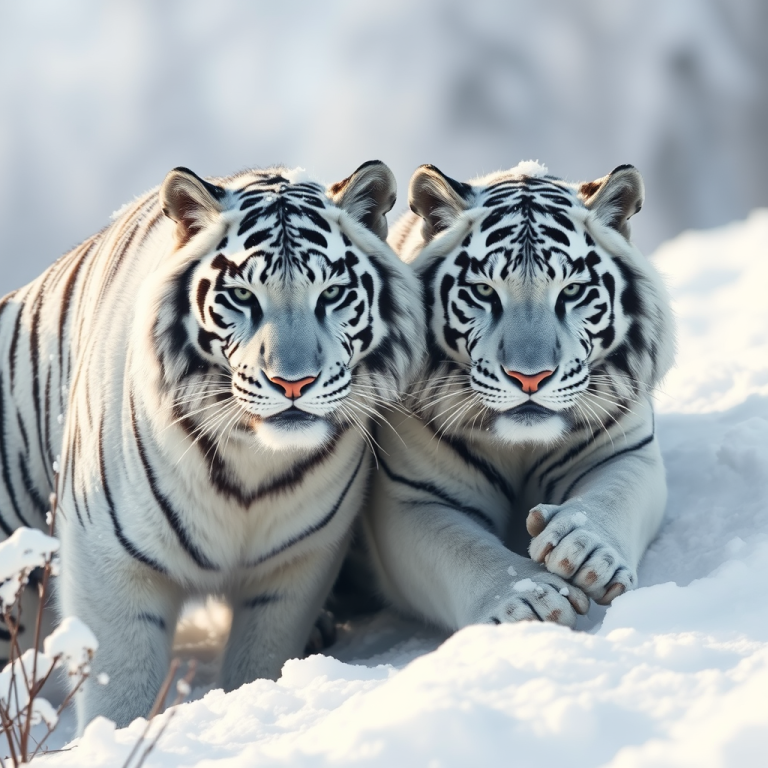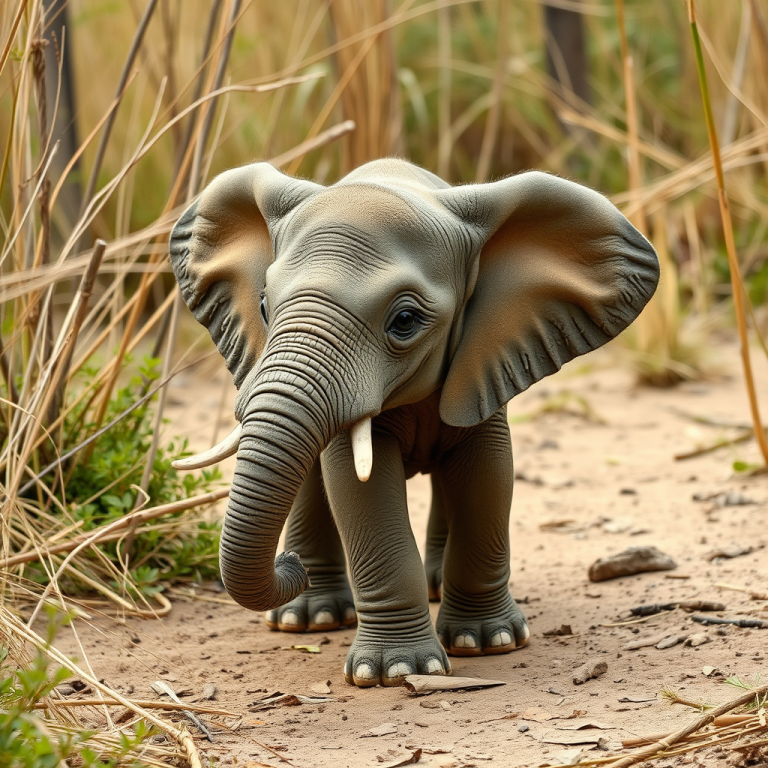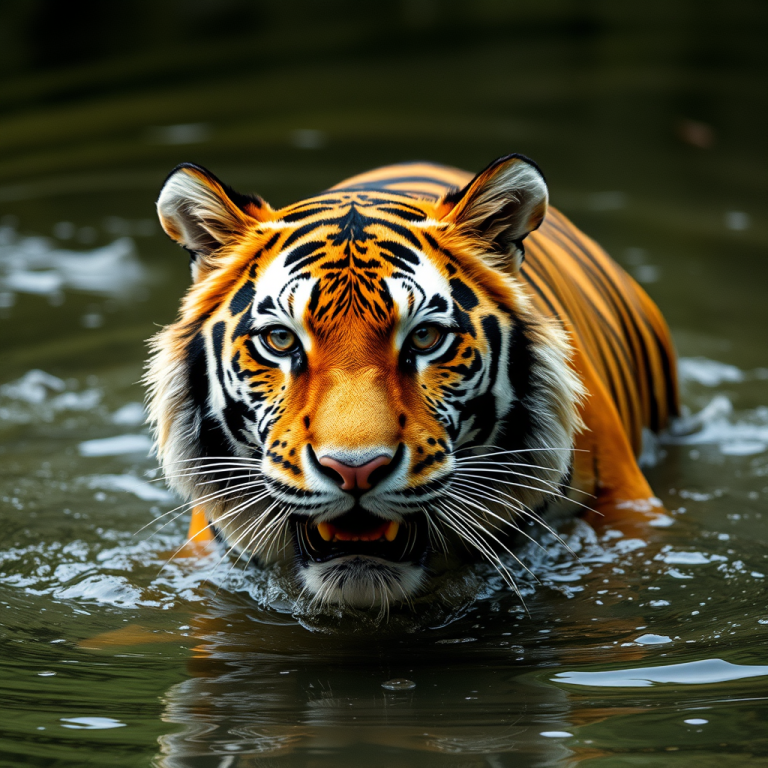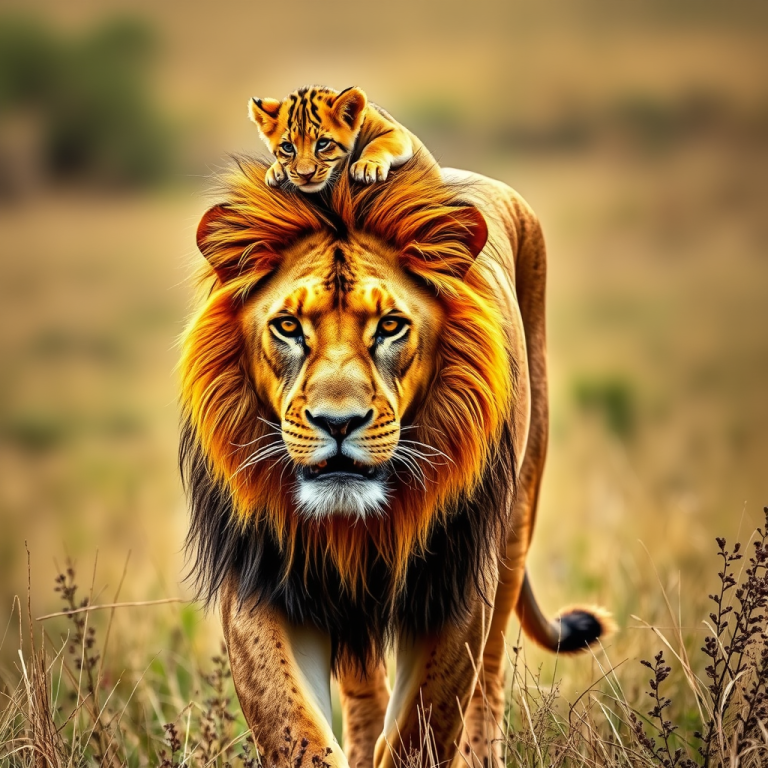Tiny But Mighty: The Truth About Small Piglets and Their Diet
Piglets might just be the cutest farm animals you’ll ever see—tiny hooves, floppy ears, soft squeals, and those little curly tails. But beneath all that cuteness is a growing animal with a serious appetite. What many people don’t realize is just how important a piglet’s diet is in those first few weeks and months of life. What they eat early on can shape their health, growth, and development.
The First Few Hours: Colostrum is Everything
Just like human babies, piglets rely heavily on their mother right after birth. Within the first few hours, they need to nurse and receive colostrum, the nutrient-rich first milk produced by the sow. This isn’t just any milk—it’s packed with antibodies and vital nutrients that help the piglet fight off infections, build immunity, and survive those fragile first days.
If a piglet doesn’t get colostrum in time, its chances of survival drop significantly. That’s why pig farmers and breeders monitor newborn litters closely to make sure every piglet latches on and feeds.
From Milk to Solid Food: The Weaning Phase
For the first three to four weeks, piglets rely almost entirely on their mother’s milk. But as they grow, they start showing interest in solid food. The transition from milk to solids is known as weaning, and it’s one of the most delicate phases in a piglet’s development.
During this time, they’re introduced to creep feed—a soft, grain-based feed designed specifically for piglets. It’s high in protein, energy, vitamins, and minerals, all of which are essential for rapid growth and healthy digestion. Piglets who are weaned too early or fed low-quality feed often struggle with weight gain, dehydration, or even digestive issues like scours.
What’s Actually in Piglet Feed?
Good piglet feed is designed to mimic the nutrients they’d naturally get from their mom while prepping their stomach for adult pig diets. A typical feed formula might include:
- ground corn or other grains for energy
- soybean meal or fish meal for protein
- lactose or whey to make the feed easier to digest
- probiotics and enzymes to support gut health
- zinc and iron to help fight off common illnesses
Because piglets grow so fast, they need more protein and nutrients than adult pigs in proportion to their body size. A healthy diet means stronger bones, faster growth, shinier coats, and fewer health issues down the road.
Water: The Most Underrated Part of Their Diet
We often focus on what piglets eat, but what they drink is just as important. Clean, fresh water should be available at all times. Dehydration in piglets can lead to poor appetite, weakness, and serious health problems—especially during hot weather or during weaning.
A lot of piglets actually start exploring food by playing in their water bowls first, so making water accessible is part of encouraging them to try new things as they grow.
Common Feeding Mistakes
Some of the most common issues in raising piglets stem from simple mistakes in feeding:
- overfeeding too soon
- dirty water or food troughs
- inconsistent feeding schedules
Good hygiene, consistency, and high-quality feed can prevent a lot of these problems before they even start.
Fun Fact: Piglets Are Smarter Than You Think
Piglets aren’t just hungry—they’re clever. Studies show pigs are some of the smartest animals on the planet, capable of solving puzzles, recognizing their own names, and even learning commands like dogs. Their curiosity is one of the reasons they take to new foods so quickly—when they see mom or other piglets eating something, they’re likely to give it a try too.
Final Thoughts
Piglets might be small, but their nutritional needs are huge. From that first sip of colostrum to their first taste of grain, every bite plays a role in their survival and development. Taking care of a piglet isn’t just about keeping it warm and safe—it’s about fueling it with the right balance of nutrients to grow into a healthy, strong adult.
If you’re curious about the wonders of wildlife, stick around—there’s a whole world to explore at Wonder of Wild.
